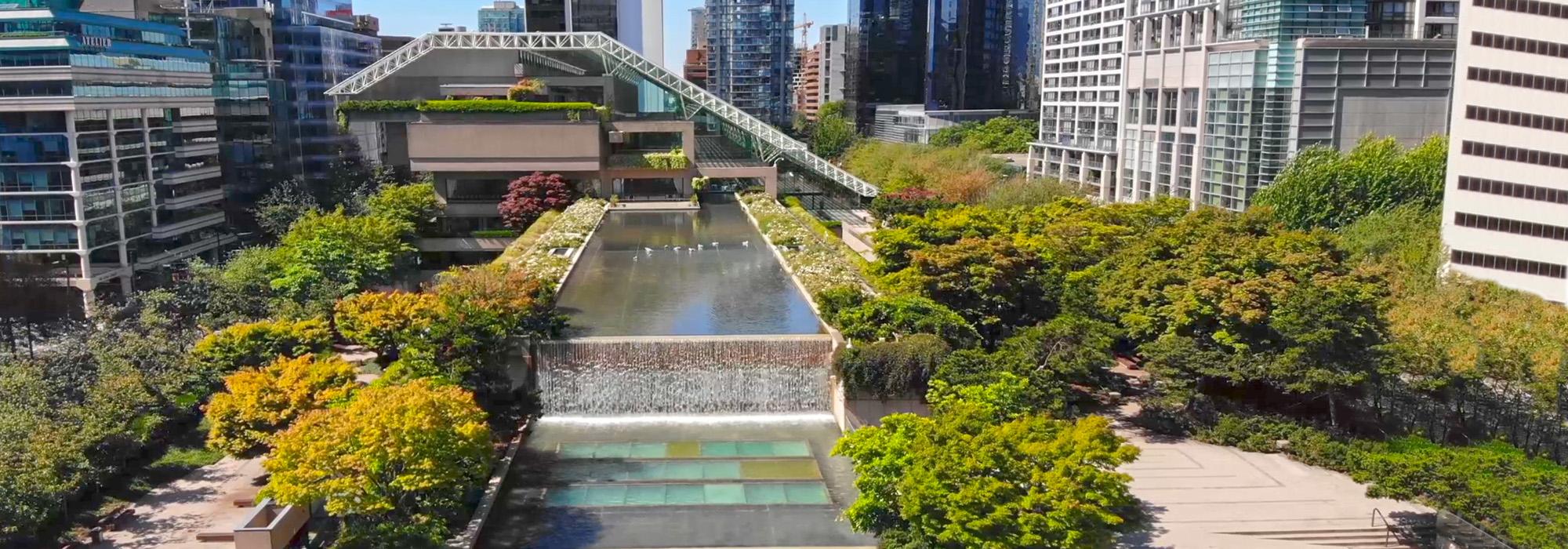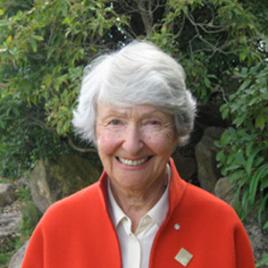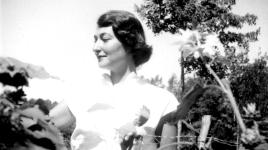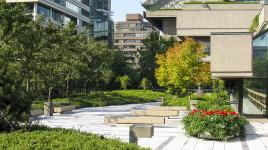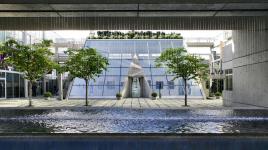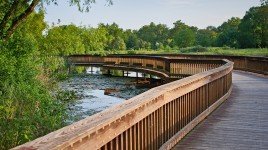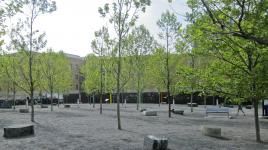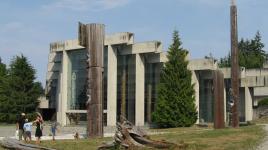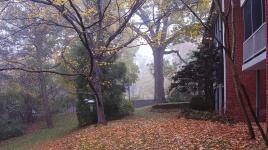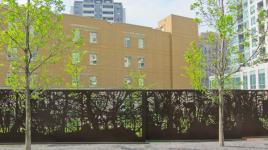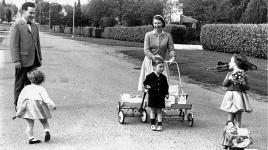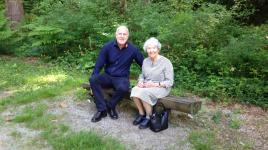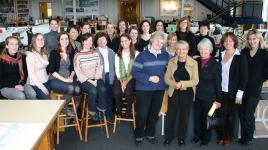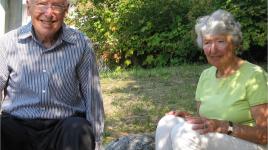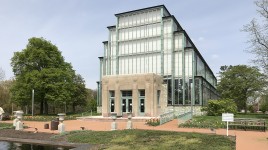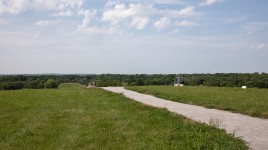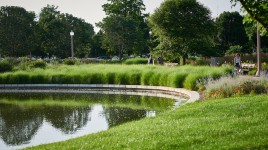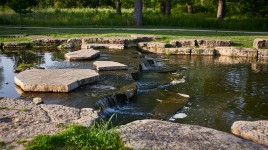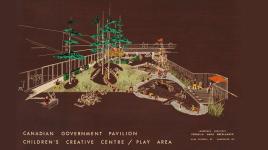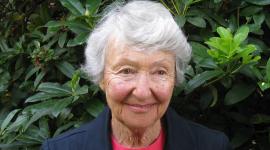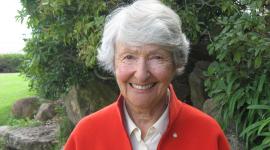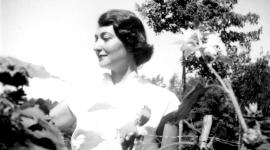Pioneer Information
Born in Muelheim-Ruhr, Germany, Cornelia Hahn immigrated to the United States as a child with her mother and sister. She earned a diploma from Smith College in 1944 and continued her studies at the Harvard Graduate School of Design, graduating in 1947 with a B.L.A. As a recent graduate, Oberlander worked briefly for landscape architect James Rose. In 1950 she moved to Philadelphia to serve as a community planner for the Citizens’ Council on City Planning. She was enlisted by architect Oskar Stonorov to work on his Schuylkill Falls public housing project in 1952, with Dan Kiley serving as senior landscape architect. Oberlander went to work with Kiley in Vermont, where she also collaborated with Louis Kahn on Philadephia’s Millcreek housing project.
In 1953 Oberlander moved to Vancouver, British Columbia, with her husband H. Peter Oberlander, an architect and city planner. She established her own design firm and became known for her collaborative, socially responsible, and environmentally thoughtful work. Her most influential playground, the Children’s Creative Center at Montreal's Expo ’67, led her to assist in drafting national guidelines for children’s playgrounds. Robson Square and the University of British Columbia’s Museum of Anthropology are two of her many collaborations with architect Arthur Erickson. Oberlander has been named a Fellow of both the Canadian Society of Landscape Architects (CSLA) and the American Society of Landscape Architects (ASLA). In 2013 she was awarded the ASLA Medal, the society’s highest honor, and in 2016 she received the CSLA’s highest honor as the inaugural recipient of the Governor General’s Medal in Landscape Architecture.
In 2019 Oberlander was announced as the namesake of the Cornelia Hahn Oberlander International Landscape Architecture Prize, which was created by The Cultural Landscape Foundation. Oberlander passed away on May 22, 2021 in Vancouver, B.C.



